10 Of The Best Magnet fishing tips
If you implement these 10 simple magnet fishing tips today you are sure to increase your finds!
So you’ve read our beginners guide to magnet fishing, you’ve treat yourself to one of the best magnets for magnet fishing, and finally you have places to go magnet fishing but you’re still left wondering what you are doing wrong or how you can find more! Don’t worry we’ve got you covered.
All of the following magnet fishing tips are simple to follow and will help you with your magnet fishing journey.
-
Don’t expect to find all the time
When you first start out the hobby of magnet fishing you’re going to be excited, excited at the possibility of finding treasure or something of great value. In reality this is very very rare. Don’t get your hopes up before you go out as this can lead to impatience and giving up to early.
A usual days haul in the life of a magnet fisherman consists of mainly scrap. A few old copper coins, some random parts of a boat and other rubbish. Safes, weapons and treasure are few and far between. However, stick at it and take the rough with the smooth. Eventually you will find something of interest or importance.
-
Try not to drag the magnet
To help you avoid issues with your magnet, avoid dragging it across the bed of the river or lake if possible.
You should ensure the rope length is properly adjusted to around 8 inches from the surface, or higher if you are still getting snagged on rocks and weeds.
A common mistake people make when magnet fishing is believing that the magnet won’t catch on to the loot if its higher up! Trust in your magnet it has enough strength and won’t miss anything. Making this one of the best magnet fishing tips you could follow.
-
Take more than one magnet
So a good magnet fishing tip is that as a magnet fishing hobbyist its safe to say that you stand a good chance of losing your magnet. Then what? If you have no way of recovering it, it’s pretty much home time!
If you have a backup magnet then you don’t need to go home! You can stay out and continue you treasure hunting.
I personally have one smaller magnet and then one more powerful just in case, this way you’re not latching onto things that are too heavy to pull out, but, if you do find something that sparks your interest and your magnet isn’t strong enough you can swap them over!
-
Throw and pull method
Number 4 of our beginners magnet fishing tips list is focusing on the method you use to fish. There are a couple of different popular methods for magnet fishing the main one being drop and pull.
I personally have way more success with the throw and pull method.
It’s pretty much exactly what it says throw your magnet as far as you can out into the water and pull it back towards you.
You can also, depending on where you are and if its safe to do so, throw, walk and pull.
Sometimes I try and zig zag the magnet through the water to cover more area.
-
Slow down
Here’s another really important one to add to our magnet fishing tips! Slow down! Don’t rush things. We know you’re excited, but by rushing you’re likely to miss out on lots of items.
If you’ve not got a double sided magnet then you need to make sure that the bottom of it is facing out, if you pull to fast you won’t give the magnet chance to attach on to the items on the bed.
Instead of yanking at the rope, pull slowly to allow the magnet to stay face out and to attract anything it comes into contact with. Giving it chance to “stick”
-
Use Loctite
If you’ve never heard of this wonderful little substance then you need some! Loctite threadlocker glue could potentially save you hundreds of pounds in lost magnets.
Thread locker such as Loctite is applied to the eye bolt thread and will stop your magnet from unscrewing over time and getting lost, its really simple to apply and you shouldn’t be without it.
-
Alternate magnet fishing techniques
Don’t just repeat the same magnet fishing technique over and over again, vary it up, alternate and try to cover as much area as possible. Drop and pull, throw and pull, throw walk and pull etc you’re sure to find your own favorite techniques too largely depending on where you are magnet fishing.
-
Use a grappling hook
This magnet fishing tip is one that is often overlooked, grappling hooks will help especially if you’re out to find the bigger items. The grappling hook attached will give you extra grab when recovering items with your magnet.
-
Ensure you use strong rope
Choosing the right rope could also potentially save you lots of money in lost magnets, make sure the rope that you choose is strong, strong enough to pull out large heavy items, strong enough to withstand getting snagged and a good old tug.
-
Research your locations
In my opinion researching where you are going to go magnet fishing beforehand is probably one of the best magnet fishing tips we could give you.
It could potentially save you a wasted trip!
When researching the places to go magnet fishing, you should consider things like if its been a body of water for long periods of time, the location and if its a high traffic area, If you could imagine someone throwing something into the water where you are considering going, you could use old maps to see how long the body of water has been marked on the maps etc You could speak to people from the area also.
So these are my magnet fishing tips so far, bare in mind I am just a beginner in the hobby really and have only been out a handful of times. If you have any really good tips and are a bit of a pro, we would love to hear from you so we can grow this list of simple tips for magnet fishing.

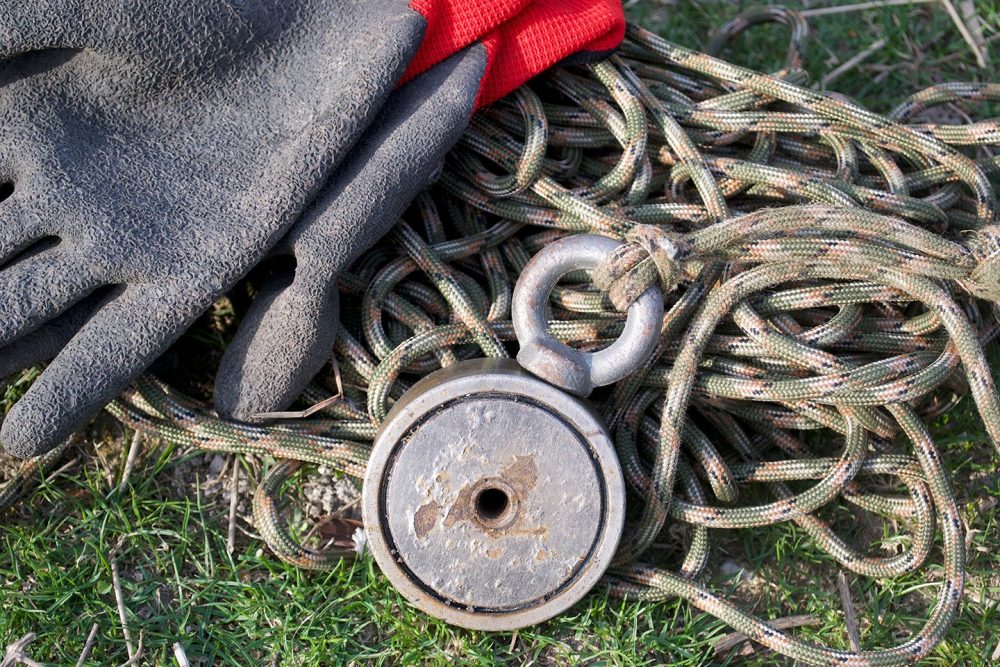
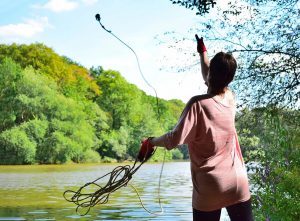




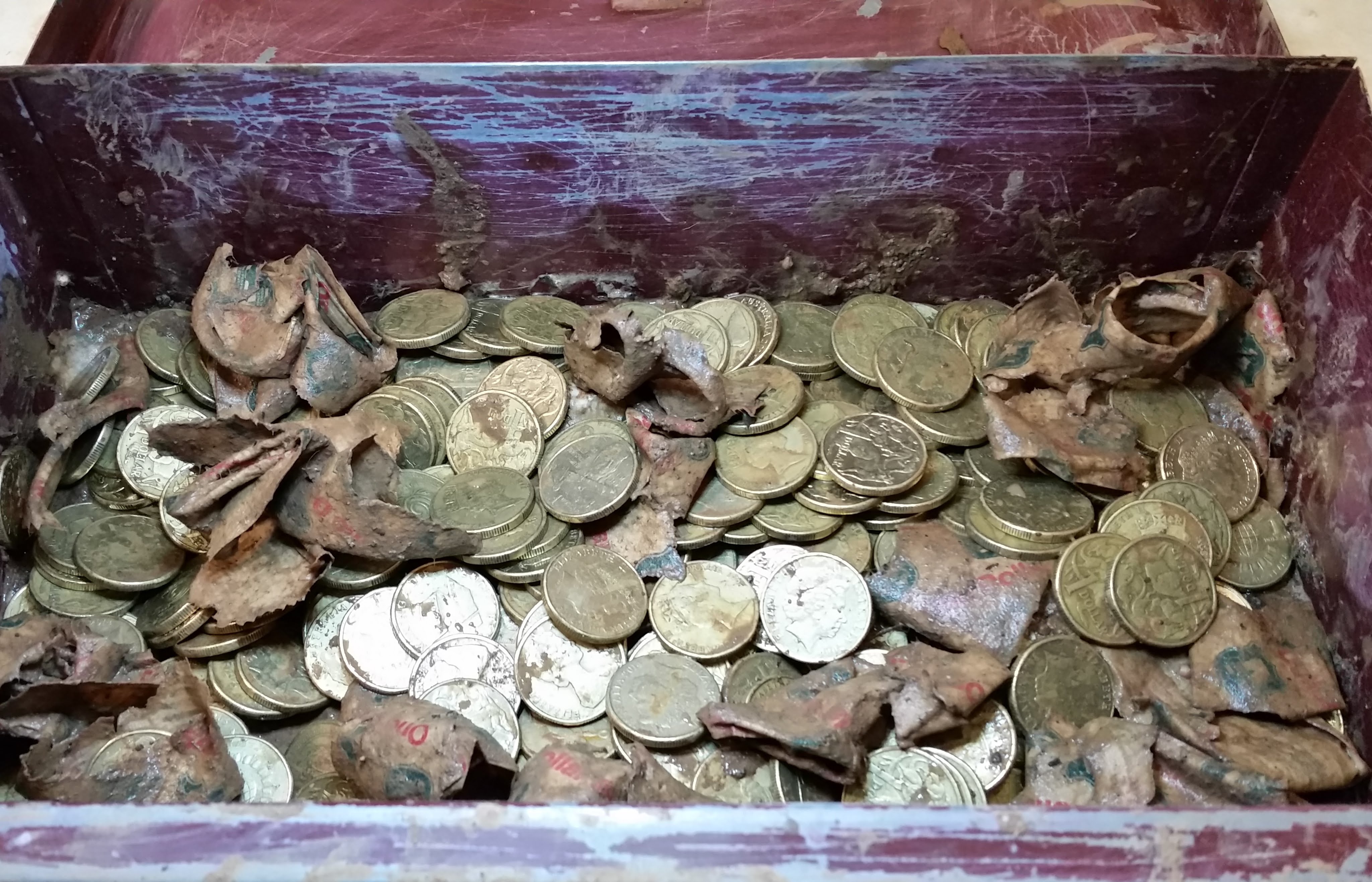


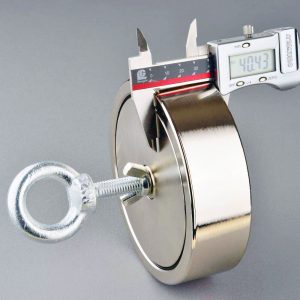 It’s a tough question to answer and before you proceed you should consider a few things first.
It’s a tough question to answer and before you proceed you should consider a few things first.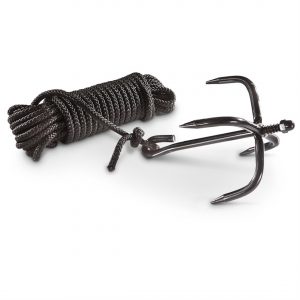 Another great way to ensure you don’t miss out on loot at the bottom of the water is to add a grappling hook to your kit.
Another great way to ensure you don’t miss out on loot at the bottom of the water is to add a grappling hook to your kit.













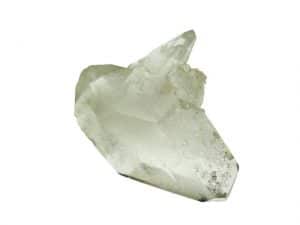 Clear quartz is one of and if not the most popular type of crystal for beginners.
Clear quartz is one of and if not the most popular type of crystal for beginners. Another very popular crystal for beginners is Amethyst, it is fantastic for meditation as it will give spiritual projection and increase your inner strength.
Another very popular crystal for beginners is Amethyst, it is fantastic for meditation as it will give spiritual projection and increase your inner strength. Citrine draws the power of the sun and is filled with light in abundance. This makes the crystal fantastic for placing in a windowsill.
Citrine draws the power of the sun and is filled with light in abundance. This makes the crystal fantastic for placing in a windowsill.